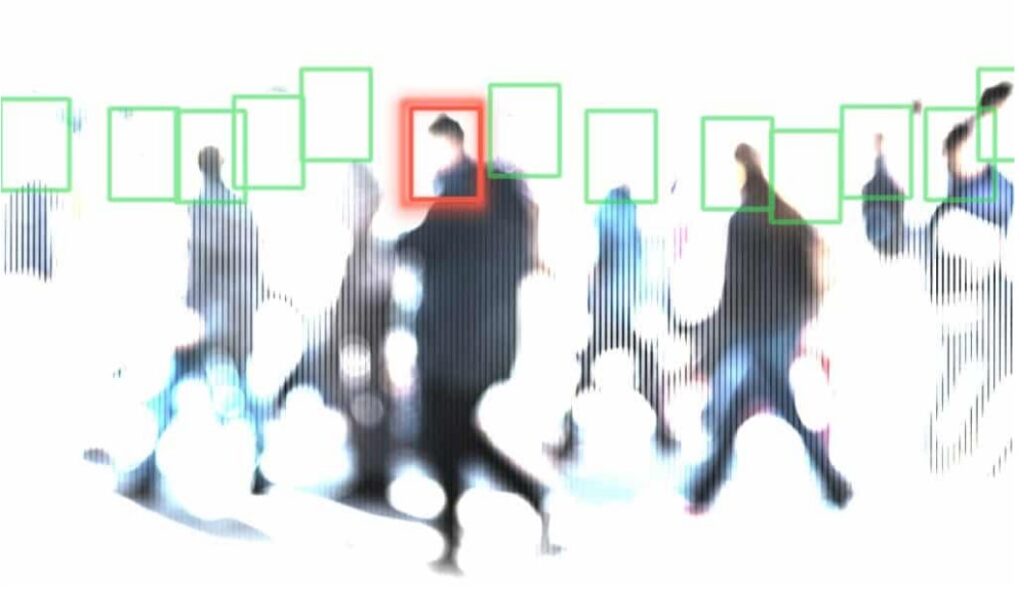 By Masha Borak
By Masha Borak
A district in the Indian state of Uttar Pradesh is rolling out a crime-fighting search engine powered by live facial recognition called the Geospatial Data Intelligence Platform (GDIP).
The police in Gautam Buddha Nagar district, which is part of the Delhi National Capital Region, are hoping that the new technology will help stem the city’s crime wave: kidnapping has gone up by more than 70 percent in the last two years, according to police data.
The Geospatial Data Intelligence Platform (GDIP) integrates crime and policing data from different agencies, allowing investigators to access records and map crime hotspots, police commissioner Laxmi Singh told The Hindustan Times. The implementation will commence next week and will be followed by the incorporation of a facial recognition system. The system will search in real-time for matches to a database with an estimated 25,000 mugshots and photographs of convicted and under-trial prisoners.
“We are planning to integrate this data with the GDIP,” says Singh. “Next, we will link the 4,000 CCTV cameras under the Integrated Traffic Management System (ITMS) with the GDIP. This will help the police catch a criminal or a repeat offender whenever and wherever he or she is spotted in public.”
Warnings over Indian police use of AI
The Geospatial Data Intelligence Platform (GDIP) is the latest project in India that applies AI to crime-busting, including facial recognition. In 2020, the country passed a controversial bill granting police officers the power to collect biometric information of convicts and criminal suspects and authorized a rollout of automated biometric facial recognition in police investigations. But integrating AI applications in policing, particularly non-investigatory facial recognition, has not been without criticism.
Shruti Mantri, associate director at the Institute of Data Sciences of Hyderabad’s Indian School of Business, welcomed the integration of AI in combating crime but also warned that law enforcement agencies should minimize the harms of the technology.
“As the capabilities of artificial intelligence continue to grow, without a certain level of trust and acceptance, police services cannot utilize AI to its full potential in policing,” Matri writes in an opinion piece for Forbes India published on Monday.
AI models learn from vast amounts of data that can take on certain human values and could result in biases and subjectivity. As AI systems rely more on machine learning and deep learning models, potentially becoming more autonomous, its use also raises the question of accountability for incorrect outcomes that could affect people’s lives, says Matri:
Whether it is used for IOT devices such as sensors, CCTVs, and so on for digital contact tracing, it is essential to be sensitive to how people feel about data collection and data use.
Source: Biometric Update
Masha Borak is a technology journalist. Her work has appeared in Wired, Business Insider, Rest of World, and other media outlets. Previously she reported for the South China Morning Post in Hong Kong. Reach out to her on LinkedIn.
Become a Patron!
Or support us at SubscribeStar
Donate cryptocurrency HERE
Subscribe to Activist Post for truth, peace, and freedom news. Follow us on SoMee, Telegram, HIVE, Flote, Minds, MeWe, Twitter, Gab, and What Really Happened.
Provide, Protect and Profit from what’s coming! Get a free issue of Counter Markets today.

Be the first to comment on "Indian District Rolls Out Live Facial Recognition to Fight Crime Wave"